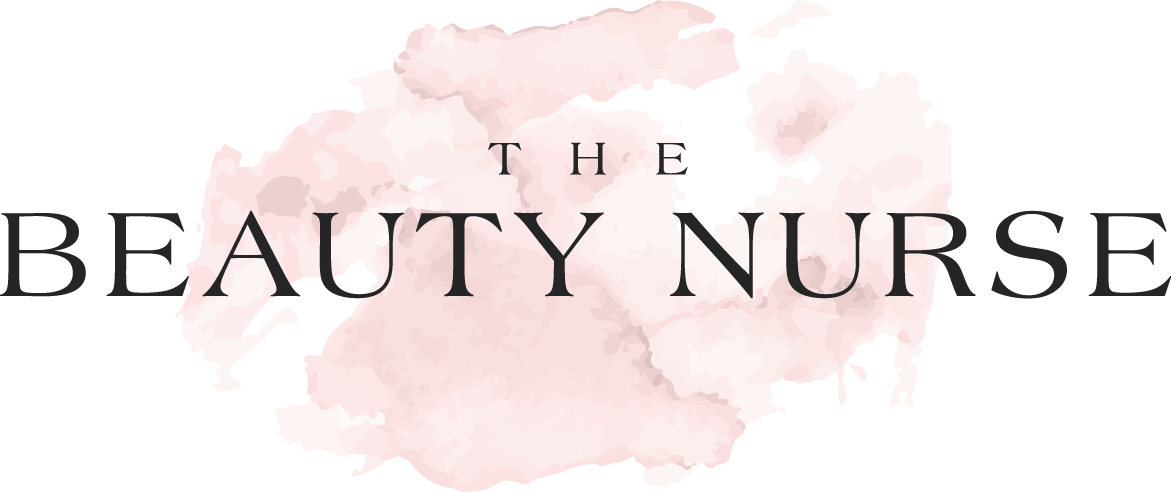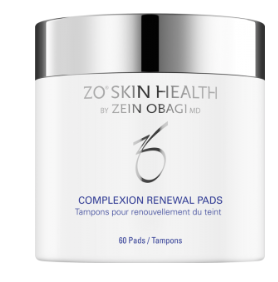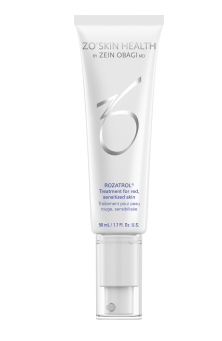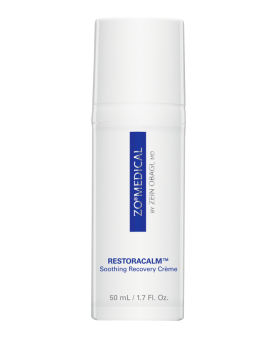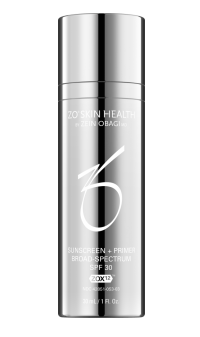Rosacea
Myth: Rosacea only occurs with people who embarrass easily.
Fact: Rosacea is a skin condition that can be tough to control no matter what we are feeling. I said tough, not impossible.
Red. Red is for a Poinsettia. Red is for Rudolph’s nose. Red is for the bows hanging on the tree. Red is for all things Christmas. You know what else red is for?
Red is for rosacea!
Red can be our favorite color during the holiday season, but the bane of our existence when it comes to our skin. Rosacea can leave us feeling frustrated, insecure about our appearance or helpless in what to do next.
What is rosacea anyways? How do I know I have it? What are the triggers and how can I avoid them? Are there any skin care products or skin-care routines that tone down the red? When should I see a dermatologist for prescription medication? What in-office procedures can be done?
These are all great questions that I get often in regards to rosacea. Don’t fret, beauties. I have answers. See below for tips and tricks to beat this pesky skin condition. Again, I am not a Dermatologist and not clamming to be. I am only speaking of my own experience I have seen with my clients and my knowledge on rosacea. You must see a Dermatologist to get diagnosed with rosacea.
What is rosacea?
Sixteen million Americans have rosacea. Four hundred and fifteen million people suffer from rosacea in the world. If you are experiencing this skin condition, then know this: you are not alone.
Rosacea (rose-AY-sha) is a common skin disease. It often begins with a tendency to blush or flush more easily than other people.
How do I know if I have rosacea?
Symptoms of rosacea include persistent redness, skin thickening, flushing, bumps and pimples, visible blood vessels (called telangiectasia and most commonly found on the cheeks and nose), eye irritation, burning, stinging, dryness, and swelling (called edema and may accompany rosacea or be experienced independently). There are assumptions that rosacea only occurs on the face, but this condition can affect your neck, chest, scalp, ears, and eyes.
What are triggers for rosacea?
The most common triggers for rosacea are the following: sunlight, stress, heat, alcohol (especially that RED wine), spicy foods, some skin and hair products, some makeup, wind and cold, some medicines, and exercise. It’s important to keep track of when your skin flushes so that you better understand your triggers. No one beauty is alike, and thus what triggers you may not trigger your best friend. One thing is for certain: we have to know our triggers in order to avoid them.
Is skincare important at keeping it calmed down?
How we care for our skin will have a major impact on the appearance of rosacea. I recommend a gentle skin-care routine that uses a mild cleanser (Gentle Cleanser by ZO), lukewarm water, and a soft blotting of the face. Since sun is a major trigger for rosacea, using a sunscreen that provides UVA/UVB protection with a SPF of 30 or higher will be impertinent (ZO Sunscreen + Primer). Avoid any products that sting, burn, or cause further redness. As far as cosmetics, avoid pink or orange hues.
I am a huge fan of ZO Skin Health products (not a sponsored post), so naturally, I would advise my clients with rosacea to use this skincare line. ZO has Restoracalm Soothing Recovery Creme and Rozatrol serum. Both of these products normalize skin by decreasing oil on the surface of your face.
What can a dermatologist do for rosacea?
A range of oral and topical medications may be used to treat the various signs and symptoms associated with the disorder. Physicians may prescribe medical therapy specifically to control the redness. Bumps and pimples often receive initial treatment with oral and topical therapy to bring the condition under immediate control, followed by long-term use of an anti-inflammatory therapy alone to maintain remission. When appropriate, lasers, intense pulsed light sources or other medical and surgical devices may be used to remove visible blood vessels.
What in-office procedures that can be done?
One treatment to consider is a hydrafacial with hydrafacial Rozatrol Booster Serum. Hydrafacials cleanse, extract and hydrate the skin. To find a Hydrafacial provider near you head here.
Dr. Zein Obagi, the founder of ZO Skin Health products, typically recommends oral medication and/or photodynamic therapy (PDT) including intense pulsed light (IPL) or laser treatments for rosacea. He also may advise the use of prescription metronidazole gel 1% to decrease the redness.
Knowing your triggers, avoiding your triggers, using appropriate skin care and getting specialized treatments all play a huge part in decreasing that flushed appearance. Again, if you have any questions on the skincare aspect of Rosacea feel free to email me for an online skincare consult at info@thebeautynurse.net.
May your Holidays be more green than red this year.
Green is after all the color of love and giving!
Happy holidays from me to you.
Shine on.
